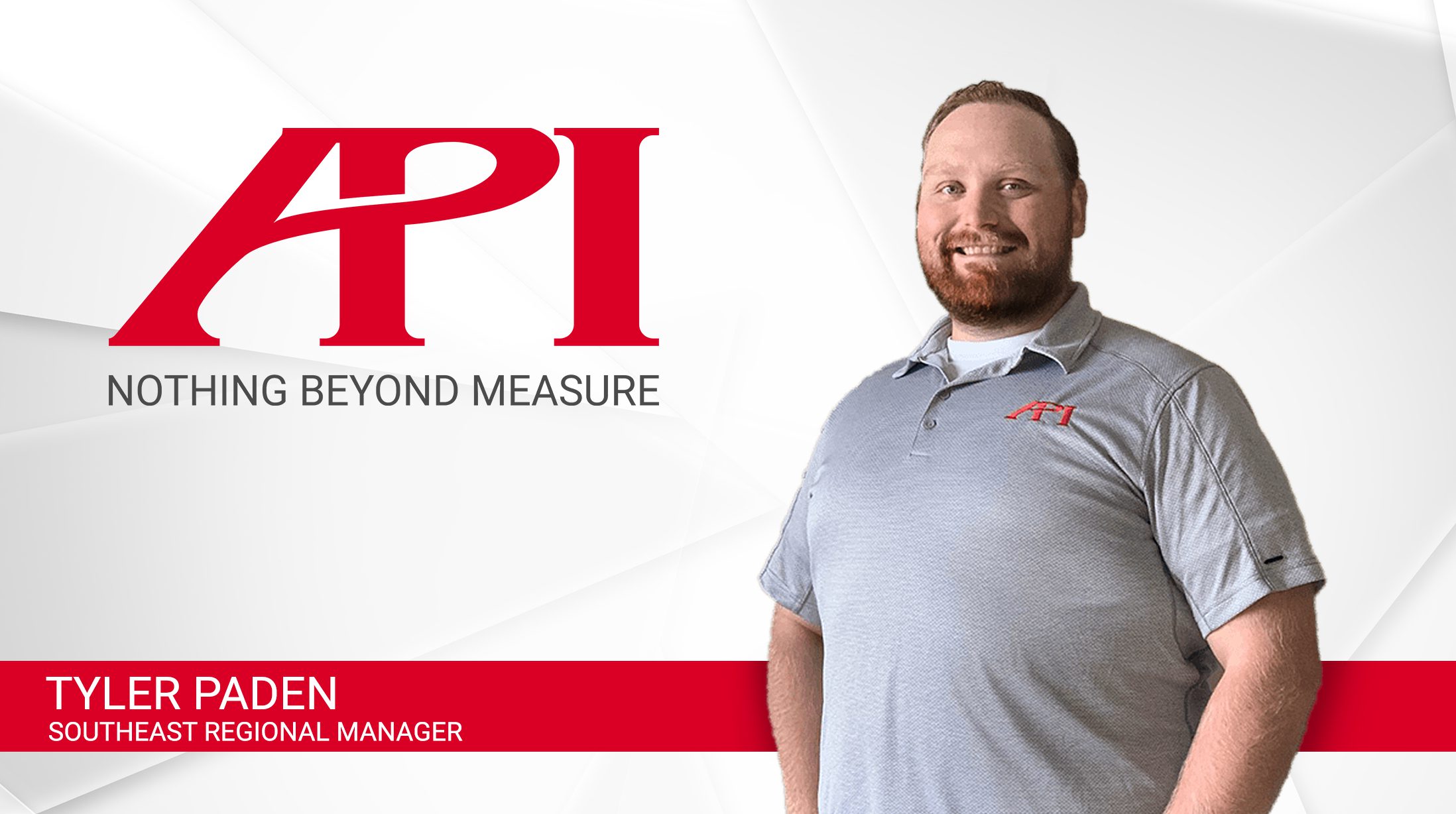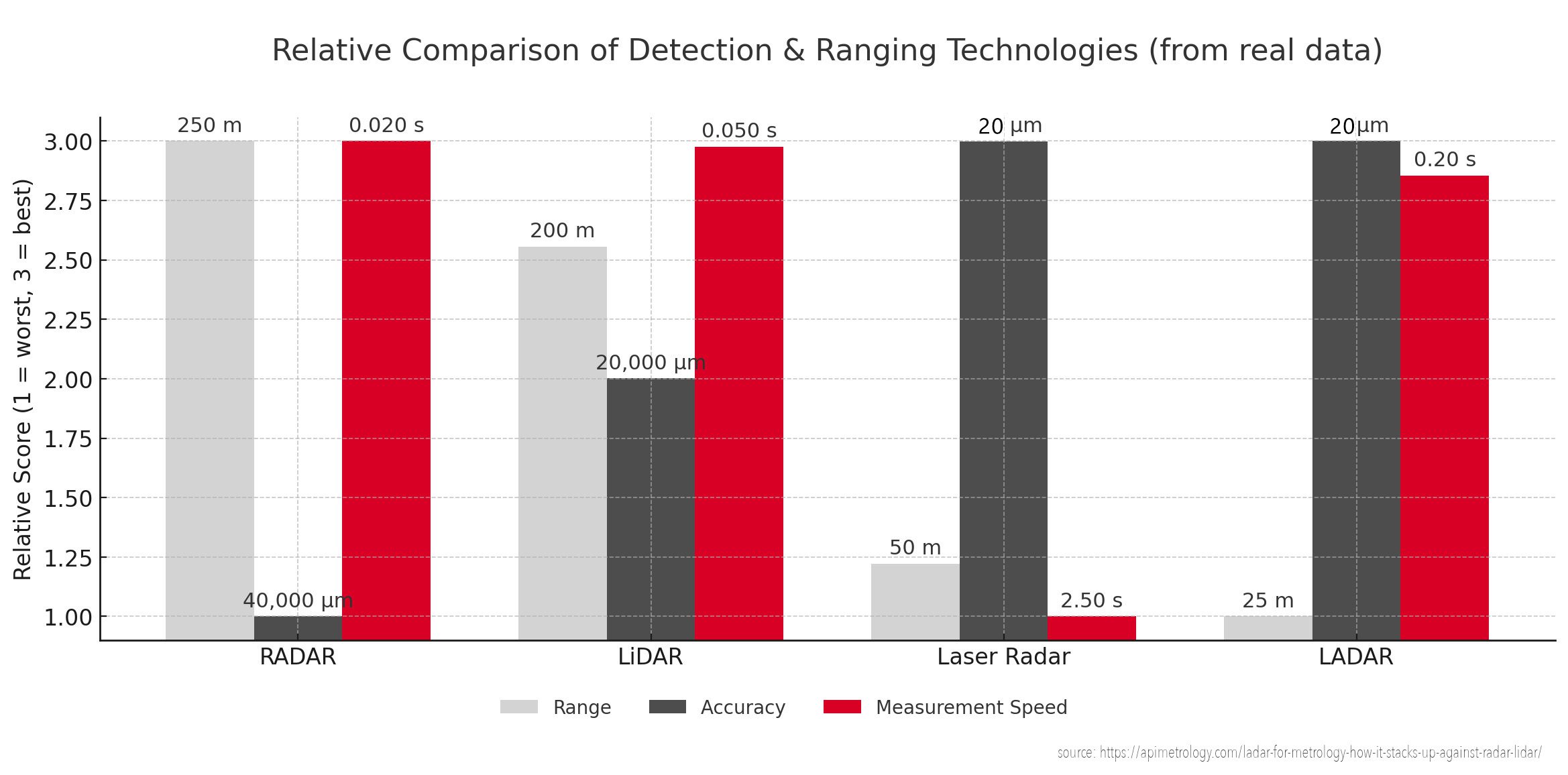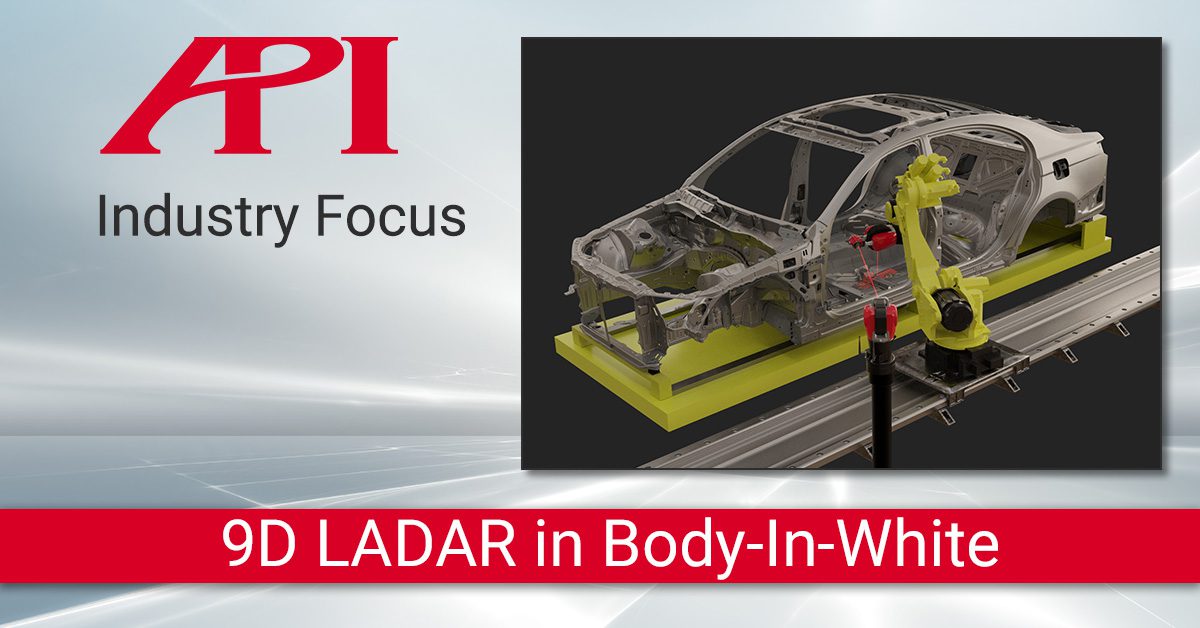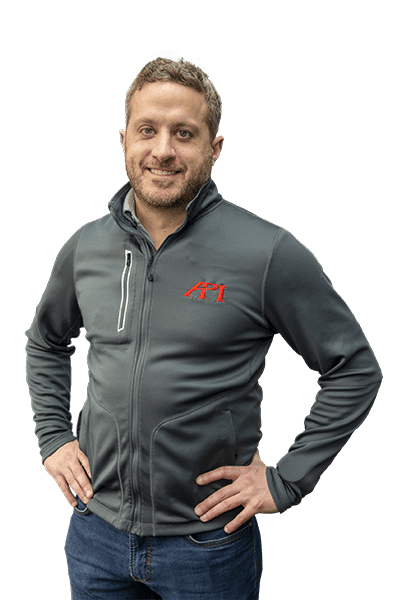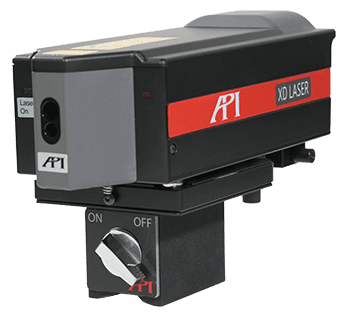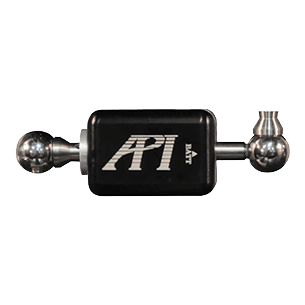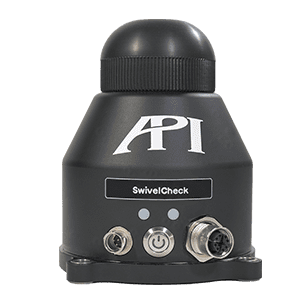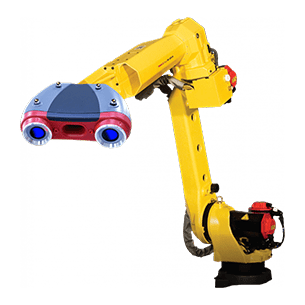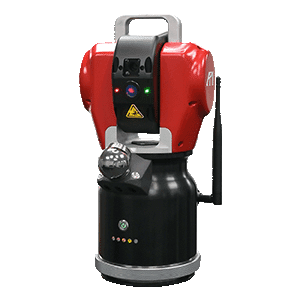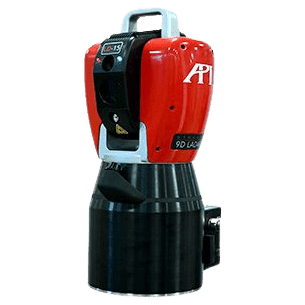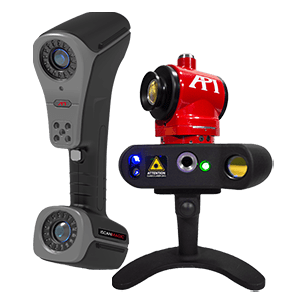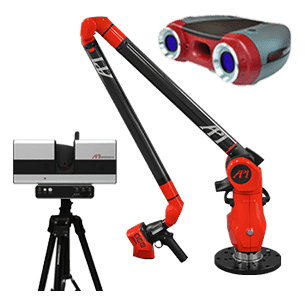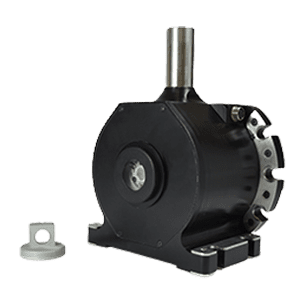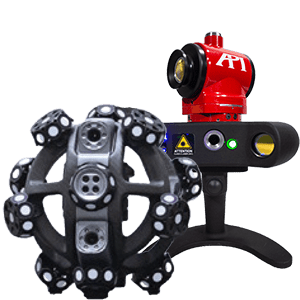Tyler Paden
Name: Tyler Paden
Position: Southeast Regional Manager
1) What was your childhood like?
I had a pretty normal childhood (normal is of course relative). Both of my parents worked hard to provide my sister and I with everything we needed. I helped my dad with side jobs on the weekend to provide us with some of our wants. This taught me a strong work ethic that helps me provide the best experience possible for my customers. I was also on the baseball, football, and track and field teams. It taught me how to work within a team and devote yourself to a cause that is greater than yourself; you cannot accomplish goals without your teammates.
2) Who was a hero to you growing up? Why?
Honestly, I take something important from almost everyone I meet. If I had to pick anyone, it would have been Ronald Curry, who many people are not familiar with, but he was the best athlete I have ever seen. I watched him play high school football for the Hampton High Crabbers and wanted to grow up and play on that same field. When I finally took the field for the first time in that stadium, it was truly surreal experience, given the amount of games I watched growing up there.
3) What are your hobbies?
I like to spend my time smoking meat, gardening, lifting weights, and working on cars when I am not on the road. When I am on the road, I enjoy going out and experiencing the local culture by talking to people over a cold beverage and enjoying the regional fare.
4) How did you end up in metrology? Did you go to school for it?
I was introduced to metrology by Steve Hand. He was scanning USS Monitor artifacts at the Mariner’s Museum were my dad worked at the time. He let me run the scanner and do some point cloud clean up, and I thought it was cool. I remembered that and applied for the Metrology apprenticeship at Newport News Shipbuilding and was accepted. The rest from there is pretty well documented in my LinkedIn profile if anyone is interested.
5) How did you come to be at API?
This is my second stint at API, the first one being in the services division as a Service Engineer. I have used API Laser Trackers since the beginning of my career and loved their portability and reliable nature. If anyone has ever worked in a shipyard, you know that it is far from a lab environment, but the API tracker always held strong. Knowing this, I was excited to be given the opportunity to share my experiences with everyone that will listen.
6) What are your roles and responsibilities with API?
I am the Regional Manager for the southeastern United States. In this territory, it is my responsibility to provide customers with a top rate experience before, during, and long after the sale of any API product or Contract Service. Honestly, I look at my role as an applications guy with 12 years of experience that is freely allowed to meet with prospective and current customers. This gives me the opportunity to share my knowledge with them and help solve their metrology process challenges.
7) What sets API apart from other metrology companies in your mind?
Our willingness to truly understand a customer’s challenge and use the wealth of metrology knowledge in house to provide the right solution for them. We go above and beyond to make sure their customer experience is second-to-none.
8) What API Product or Service are you most excited to tell people about?
Oh man, how do I choose? I would have to stick with the versatility of the Radian Laser Trackers and accessories. From part inspection, all the way to robot calibration, that thing does it all well. With the Core and Plus models being fully wireless, they take portability to the next level. For some less well-known products, our lineup of Machine Tool Calibration (MTC) products excites me too. We are crushing it in the price, performance, and durability categories as well.
9) What about API’s future excites you?
The constant innovation and forward-thinking mindset is exciting. We have a ton of young vibrant metrologists that are excited about the industry and ready to take API to the next level for our customers.
10) What does “Nothing Beyond Measure” mean to you?
As I mentioned before, we have an entire company full of metrology experts with a broad range of industry experience. This means that collectively we have seen a wide range of industry obstacles and know the right tools and solutions to meet any customer’s challenge. We will meet any challenge head on and provide not only a solution, but the most optimal solution. We not only solve current challenges, but we set the customer up to grow into the solution and solve future challenges as well. We know the industry and we are your partner for success!



